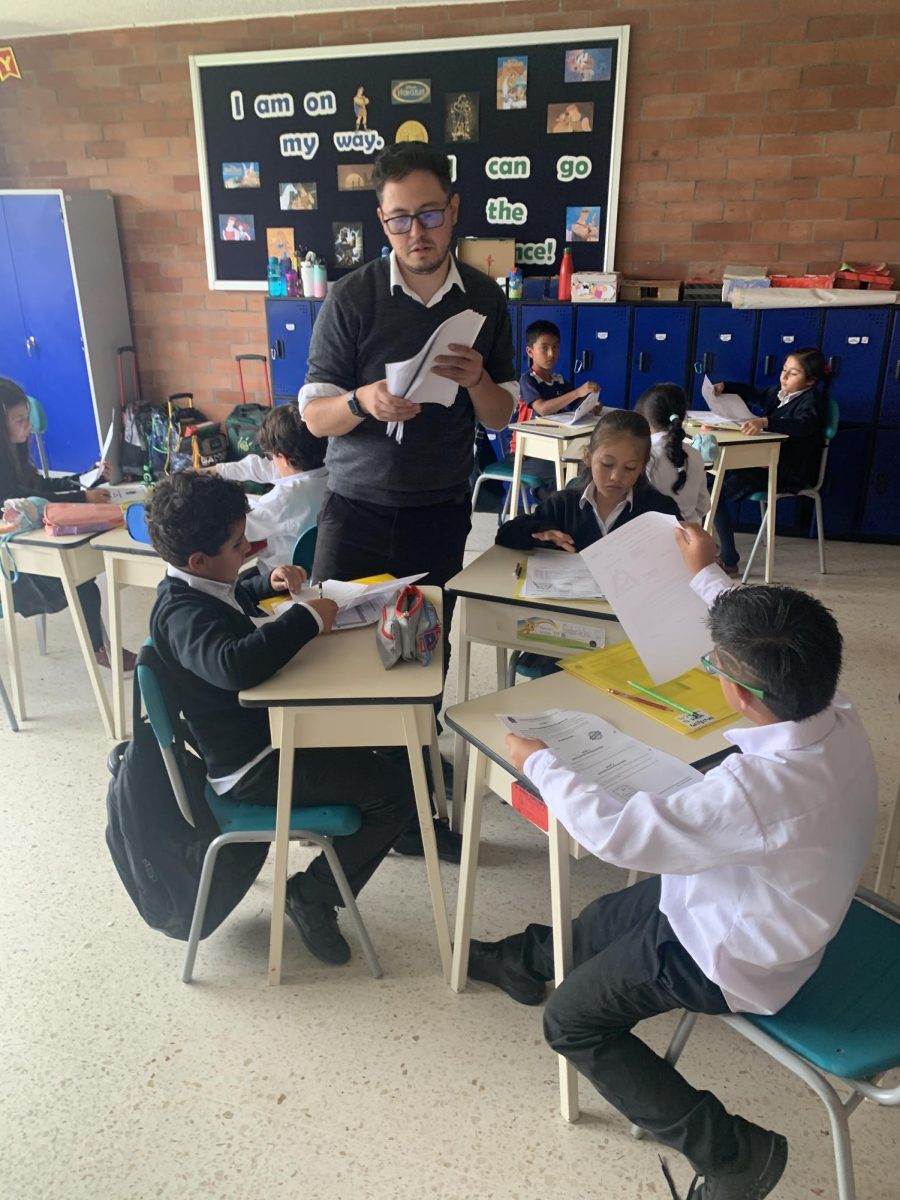Perception is the ability in which the brain detects information received through the senses to form a conscious impression of the physical reality of the surroundings.
“If you talk to a man in a language he understands, that goes to his head. If you talk to him in his language, that goes to his heart.” – Nelson Mandela.
As newborns, we discover a brand-new world and begin to develop our senses to give shape to all we experience. In this phase, everything seems brighter because our eyes have just begun to adapt to light and color. We hear echoes in every noise as our ear drums develop and transfer sound to our brains. As we begin to age and enter our childhood, we begin to feel the necessity to describe, explain, question, and communicate all that we encounter. With the help of our first teachers in life, our parents, we learn our native language.
Mom or dad, usually the first words in our vocabulary, is the first complex thought that we can verbalize. This is followed by the ability to express basic needs such as asking for food, the desire to sleep, expressing that we are sick, or (eventually) the need for a bathroom.
We begin to express the colors that we see: yellow, blue, or red. Followed by making a connection between colors and objects, and linking objects to feelings, such as knowing that a rose is red, then expressing it with a simple and deep “I love you”.
When we enter our first years of school, our world expands as we learn to read and write, helping us discover the interests that will shape us throughout the rest of our lives. Our native language and the accent, formed by the specific region where we live, will define our values, culture, and identity.
Federico Fellini, an Italian artistic cinematic producer, once said that “a different language is a different vision of life”. When children are exposed to multilingualism at an early stage of their lives, it causes an effect in their brains that changes their perception of reality. A child who learns two languages simultaneously is known as a compound bilingual, developing two linguistic codes at the same time with a single set of concepts. However, the benefits of learning multiple languages can be experienced at any age. Coordinate bilinguals are able to develop the linguistic code with a secondary set of concepts, and subordinate bilinguals can decipher the linguistic code by filtering it through their native language.
All our brains work differently and recent advances in brain exploration technology and psychological research can help us understand how our brains change physically and according to our internal thoughts.
In modern cultures, something as simple as giving a direction can be simplified to [left] or [right] regardless of the direction that we might be facing. Many ancient and current tribe cultures around the world give directions by using the cardinal directions [go east or west], signifying a clear distinction between how culturally we perceive our surroundings and our place in the world.
Psychologist have also suggested that some cultures have better perception of colors; common Spanish speakers have a more extended vocabulary to express this optical illusion. For example, to describe a blue object there are at least twelve different shades that we handle in our everyday lexicon: eso es azul… celeste, ultramarino, verdoso, etc. Meanwhile, an English speaker might just describe it as light or dark blue. This phenomenon might explain the reason why Latin American cultures more commonly make use of exotic colors rather than the more neutral colors used in the American or British culture.
Multilingualism opens the door to a multi-universe full of new experiences, challenges, and adventures. All of us in the CAS community are fortunate to share in this exciting journey, as we look forward to the doors and opportunities that await and the new heights that our students will continue to reach as they acquire knowledge and values.









